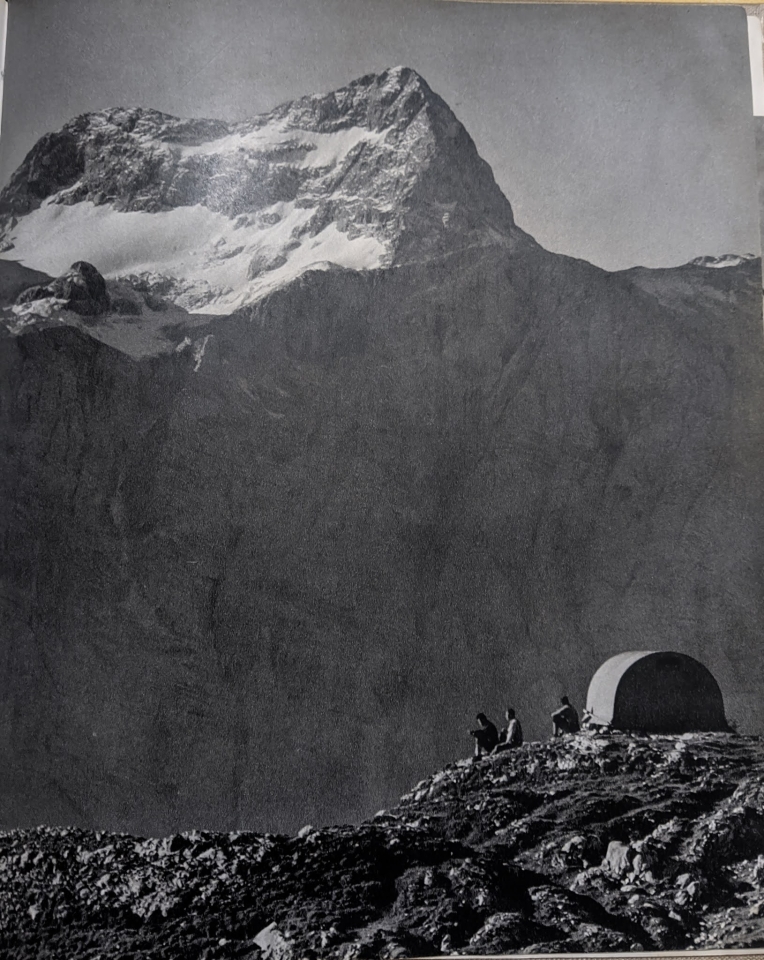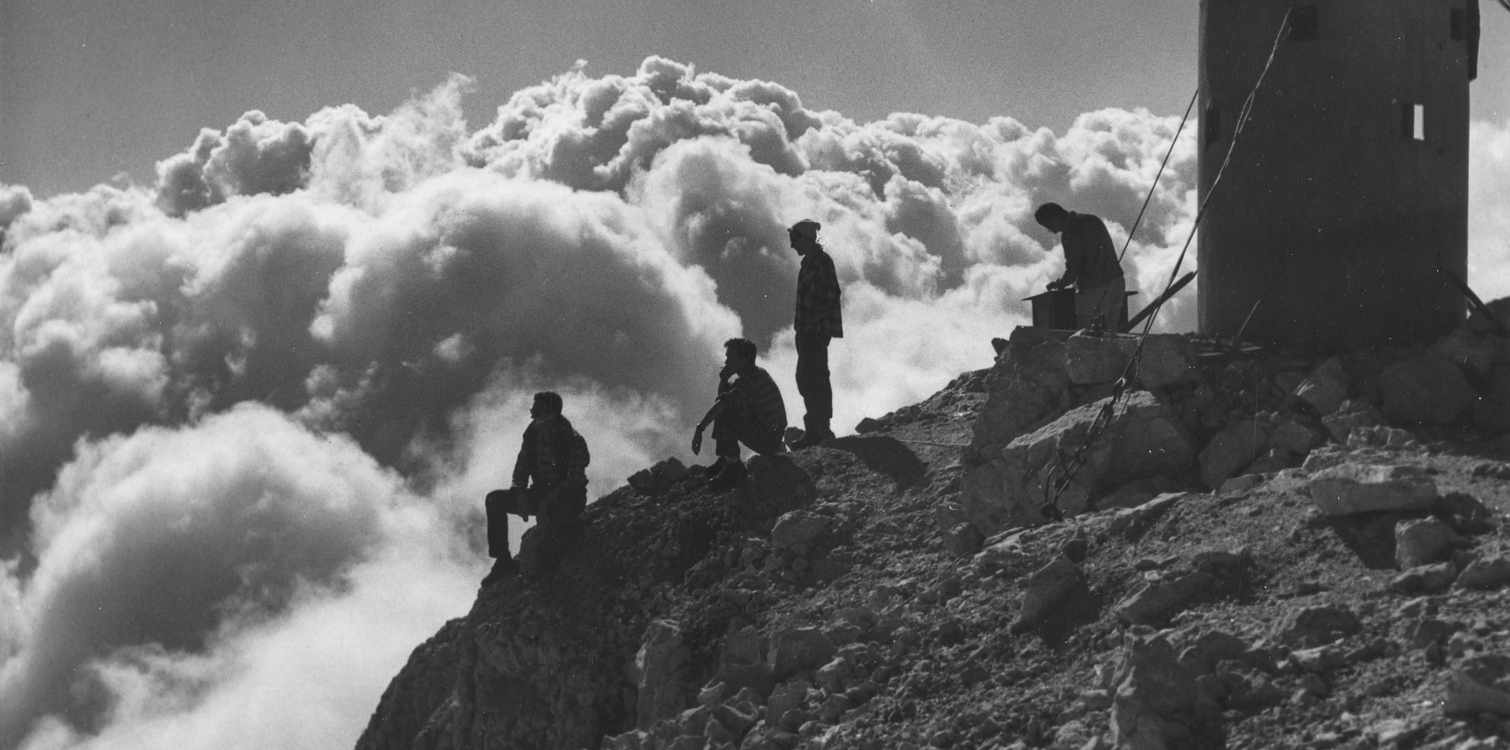Just as the famous Ötzi, found in a glacier slightly west of our Alps, lived in the mountains, people in ancient times also inhabited the mountains of what is now Slovenia.
In the 18th century, our mountains became of interest to scholars who explored the flora, fauna, and mineral wealth. They wrote about their expeditions and research, and their reports have been preserved to this day. In addition to these, a record of the first ascent of Triglav has also been preserved.
The expedition was encouraged and, like many other research ventures of the time, financed by Žiga Zois. In Bohinj, he was the owner of ironworks, and his employees were searching for new sources of iron ore in the surrounding mountains.


Soon after the first ascent, others followed. The explorer Baltazar Hacquet visited Triglav in 1779 and 1782. Valentin Vodnik climbed to Kredarica in 1794, and in 1808, Valentin Stanič measured the summit of Triglav. Stanič had also been among the first Slovenian alpinists to ascend the Grossglockner in 1800. Henrik Freyer reached the summit of Triglav from the Krma Valley in 1837.
Important figures who contributed to the exploration of our mountains and the development of mountaineering and alpinism include Julijus Kugy, Jakob Aljaž, Henrik Tuma, Fran Orožen, and others.
In addition to the tower, Aljaž also had the Aljaž Lodge built in Vrata valley, the Triglav Lodge on Kredarica, and the Stanič Shelter below Triglav. During this period, they also established the protected path between Mali Triglav and Triglav and the Tominšek path from the Vrata valley to Kredarica.
Thank you.

